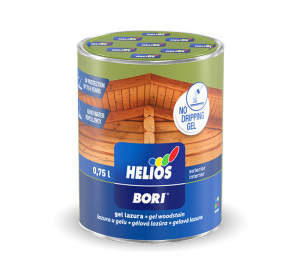Grand-averaged ERPs at pooled electrodes (Fz, FCz, Cz) try illustrated into the Fig
Because the illustrated from inside the Fig. step 3, matched products t-attempt revealed that the latest stimuli preceding negativity (SPN) try more bad whenever professionals presented close desire (?step three.98 ± 0.70 ?V) in accordance with disinterest (?dos.39 ± 0.56 ?V) within their speed time; t(step one,24) = ?3.30, p = 0.003, Cohen’s d = ?0.66).
Reward positivity (RewP)
4a. We found a significant main effect of Feedback Valence (F(1,24) = 6.25, p = 0.020, ?p 2 = 0.21) and a significant main effect of Feedback Congruency (F(1,24) = , p 2 = 0.54), which were included in a significant interaction between Feedback Valence x Feedback Congruency (F(1,24) =, p = 0.001, ?p 2 = 0.37)). Follow-up paired samples t-test revealed that the RewP to the speed date’s feedback (7.54 ± 1.44 ?V) was significantly larger for Match outcomes relative to all other conditions (all ps Fig. 4
Theta energy
As depicted in Fig. 5, we calculated the averaged theta power (4–8 Hz) in the 200–400-ms time-window following the feedback onset at Fz. The theta power yielded a significant main effect of Feedback Congruency (F(1,24) = 6.92, p = 0.015, ?p 2 = 0.22) and a main effect of Feedback Valence (F(1,24) = , p = 0.002, ?p 2 = 0.34), which were included in a significant interaction between Participant Judgment and Speed date Feedback (F(1,24) = , p = 0.001, ?p 2 = 0.37). Follow-up paired samples t-test indicated that theta power was significantly higher in the Rejection condition than in all other conditions (all ps 0.54). Continue reading


